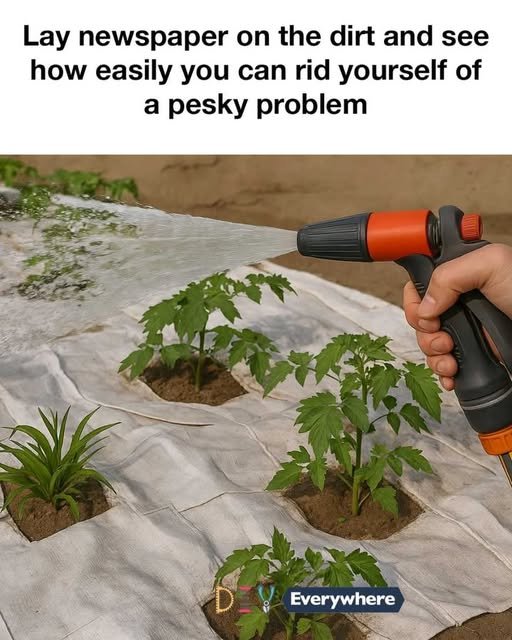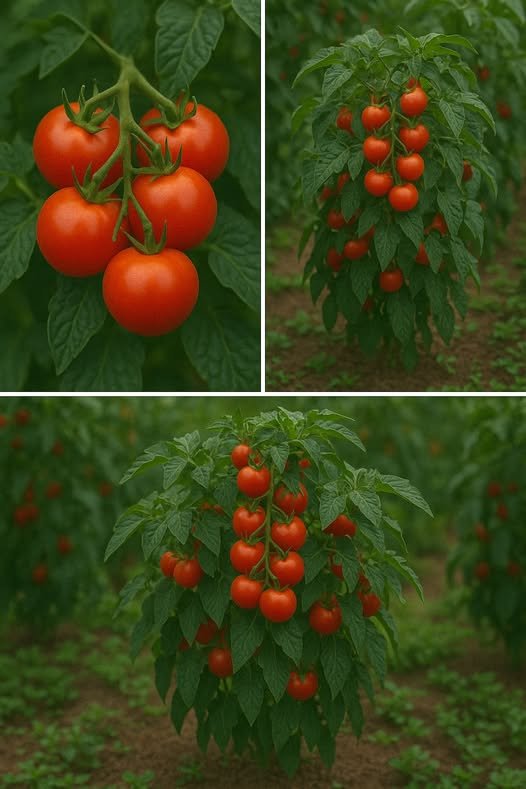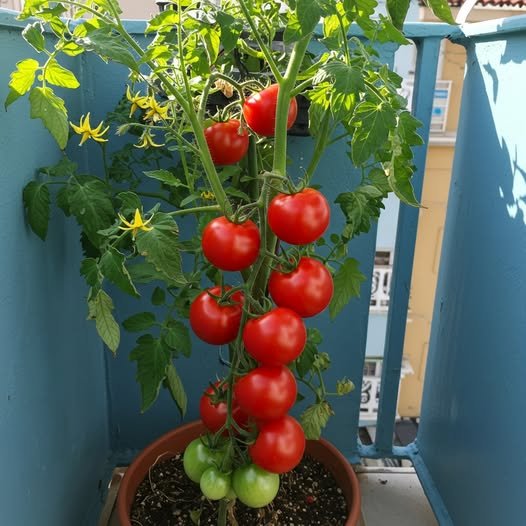In the quest for a lush, thriving garden, weeds are often the gardener’s most persistent adversary. While chemical herbicides offer a quick fix, they can harm the environment and disrupt the delicate balance of your garden ecosystem. Fortunately, there are natural methods to combat weeds that are both effective and environmentally friendly. One such method is the use of newspaper as a weed suppressant. This technique not only recycles old newspapers but also provides a non-toxic solution to keep your garden weed-free.
The Science Behind Using Newspaper for Weed Suppression
Newspaper acts as a physical barrier that blocks sunlight from reaching the soil, which is essential for weed seed germination. Without light, most weed seeds cannot sprout, effectively reducing the number of weeds in your garden. Additionally, as the newspaper decomposes, it enriches the soil with organic matter, improving soil health and structure. This method leverages the natural decomposition process, turning a simple material into a powerful tool for weed control.
Materials Needed for Newspaper Weed Control
To implement this method, you will need a few basic materials: a stack of old newspapers (avoid glossy pages as they may contain harmful inks), a garden hose or watering can, organic mulch such as straw, wood chips, or shredded leaves, and a pair of gardening gloves. These materials are often readily available and inexpensive, making this method accessible to gardeners of all levels.
Step-by-Step Guide to Using Newspaper to Eliminate Weeds
Follow these steps to effectively use newspaper for weed control in your garden. This guide will walk you through the process from preparation to maintenance, ensuring you achieve the best results.
Step 1: Gather Your Materials
Collect enough newspapers to cover the area you wish to treat. Ensure you have a sufficient amount of mulch to cover the newspaper layer. Gather your watering tools and put on your gardening gloves to protect your hands during the process.
Step 2: Prepare the Area
Clear the area of any existing weeds by pulling them out or cutting them at the base. Rake the soil to create a smooth, even surface. This preparation step is crucial to ensure the newspaper lies flat and covers the soil effectively.
Step 3: Lay Down the Newspaper
Spread the newspaper over the prepared soil, overlapping the edges by at least 6 inches to prevent any gaps where weeds could emerge. Aim for a thickness of about 10 sheets for optimal coverage and durability.
Step 4: Water the Newspaper Layer
Thoroughly soak the newspaper with water. This will help it stay in place and begin the decomposition process. Wet newspaper is also easier to mold around plants and garden features.
Step 5: Cover with Mulch
Apply a layer of organic mulch over the wet newspaper. The mulch serves multiple purposes: it holds the newspaper in place, adds an additional barrier against weeds, and enhances the aesthetic appeal of your garden. Aim for a mulch layer that is 2-3 inches thick.
Step 6: Monitor and Maintain
Regularly check the newspaper and mulch layers for any signs of weeds breaking through. Add more newspaper and mulch as needed, especially after heavy rains or strong winds. Over time, the newspaper will decompose, and you may need to replenish it to maintain effective weed control.
Why This Method Is Effective
This method is effective due to its dual action of blocking sunlight and smothering existing weeds. The decomposition of newspaper adds nutrients to the soil, promoting healthier plant growth. Additionally, using newspaper is a sustainable practice that reduces waste and minimizes the need for chemical interventions.
Additional Tips for Successful Weed Control
For best results, apply this method in early spring before weeds have a chance to establish. Consider using multiple layers of newspaper in areas with particularly aggressive weeds. Be mindful of the type of mulch you use, as some may contain weed seeds themselves.
Alternative Natural Methods for Weed Elimination
In addition to newspaper, other natural methods include using cardboard, landscape fabric, or living ground covers to suppress weeds. Hand-pulling and hoeing are also effective, especially for small gardens. Vinegar and boiling water can be used as spot treatments for stubborn weeds.
Conclusion: Embracing Eco-Friendly Gardening Practices
By using newspaper for weed control, gardeners can maintain a beautiful, healthy garden while minimizing their environmental impact. This method exemplifies how simple, sustainable practices can be both effective and rewarding. Embrace eco-friendly gardening techniques to create a harmonious balance between your garden and the natural world.



